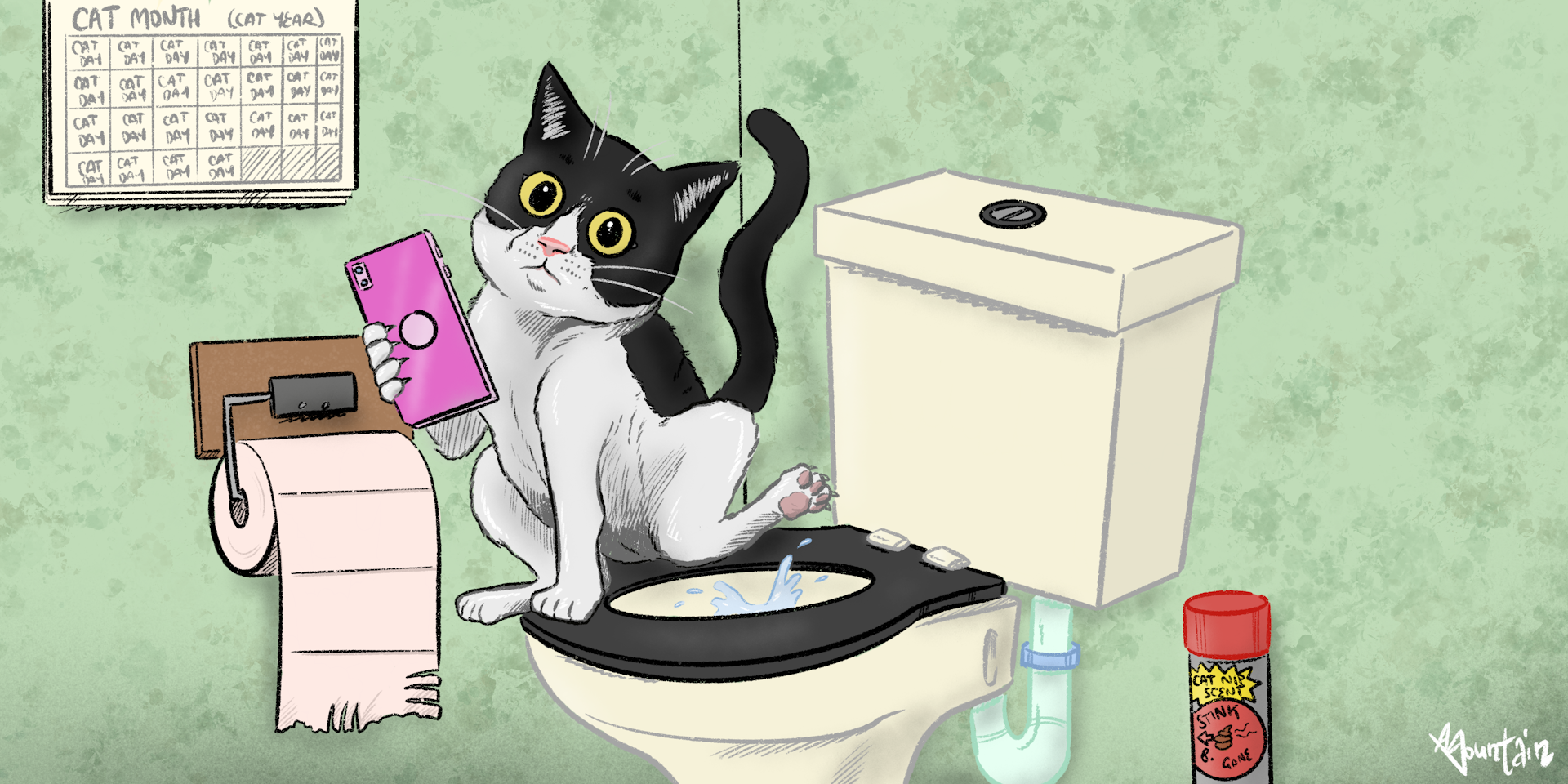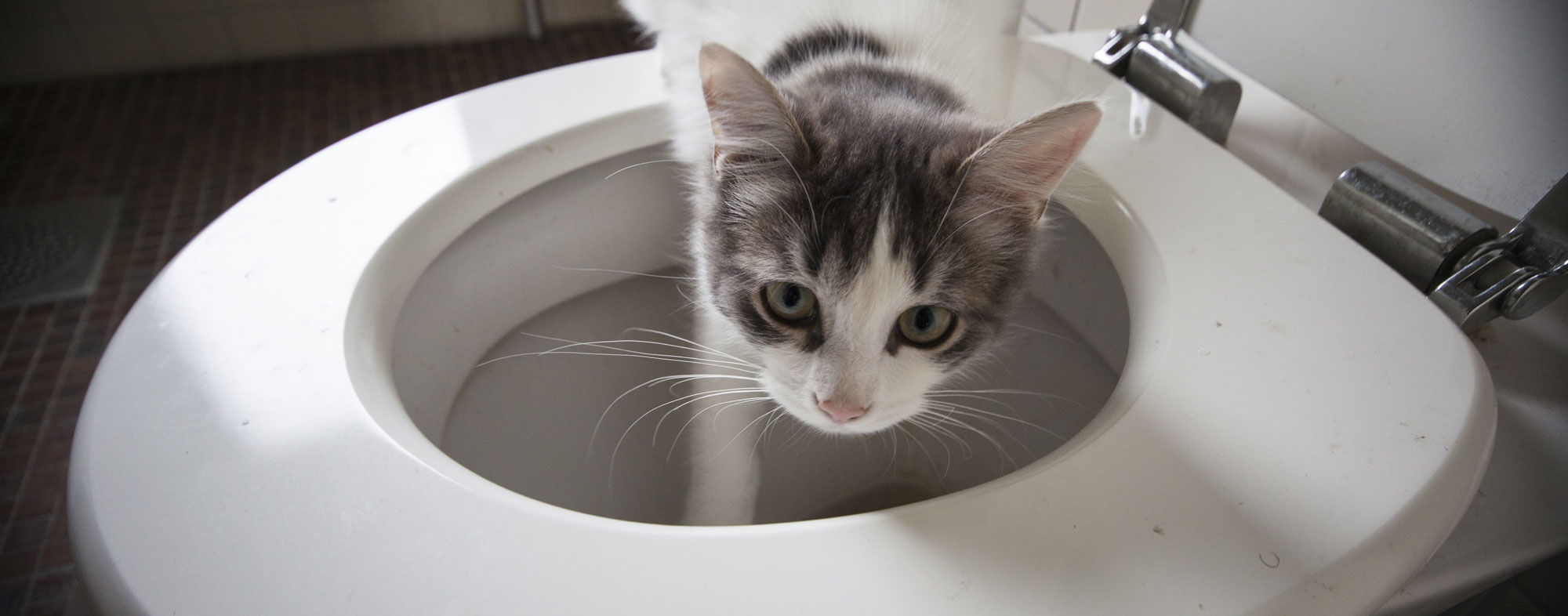How do you actually feel on the subject of Can You Flush Cat Poo or Litter Down the Toilet??

Introduction
As cat proprietors, it's essential to be mindful of how we take care of our feline close friends' waste. While it may appear practical to purge feline poop down the toilet, this method can have damaging repercussions for both the atmosphere and human health and wellness.
Environmental Impact
Flushing pet cat poop introduces damaging pathogens and bloodsuckers into the water system, presenting a considerable threat to aquatic environments. These impurities can negatively impact aquatic life and compromise water top quality.
Health Risks
Along with environmental issues, flushing cat waste can also present health threats to humans. Feline feces might consist of Toxoplasma gondii, a bloodsucker that can create toxoplasmosis-- a potentially serious ailment, especially for expectant ladies and individuals with weakened body immune systems.
Alternatives to Flushing
Fortunately, there are much safer and more accountable ways to get rid of pet cat poop. Think about the adhering to choices:
1. Scoop and Dispose in Trash
The most typical method of throwing away feline poop is to scoop it right into a biodegradable bag and throw it in the garbage. Make sure to make use of a devoted clutter scoop and deal with the waste immediately.
2. Usage Biodegradable Litter
Select naturally degradable feline clutter made from materials such as corn or wheat. These clutters are environmentally friendly and can be safely taken care of in the garbage.
3. Hide in the Yard
If you have a backyard, think about burying feline waste in an assigned area away from vegetable yards and water sources. Make certain to dig deep adequate to avoid contamination of groundwater.
4. Set Up a Pet Waste Disposal System
Invest in a pet dog waste disposal system particularly developed for cat waste. These systems use enzymes to break down the waste, minimizing odor and ecological impact.
Verdict
Responsible family pet ownership extends past offering food and shelter-- it also entails proper waste administration. By avoiding flushing cat poop down the toilet and selecting different disposal methods, we can lessen our ecological footprint and shield human wellness.
Why Can’t I Flush Cat Poop?
It Spreads a Parasite
Cats are frequently infected with a parasite called toxoplasma gondii. The parasite causes an infection called toxoplasmosis. It is usually harmless to cats. The parasite only uses cat poop as a host for its eggs. Otherwise, the cat’s immune system usually keeps the infection at low enough levels to maintain its own health. But it does not stop the develop of eggs. These eggs are tiny and surprisingly tough. They may survive for a year before they begin to grow. But that’s the problem.
Our wastewater system is not designed to deal with toxoplasmosis eggs. Instead, most eggs will flush from your toilet into sewers and wastewater management plants. After the sewage is treated for many other harmful things in it, it is typically released into local rivers, lakes, or oceans. Here, the toxoplasmosis eggs can find new hosts, including starfish, crabs, otters, and many other wildlife. For many, this is a significant risk to their health. Toxoplasmosis can also end up infecting water sources that are important for agriculture, which means our deer, pigs, and sheep can get infected too.
Is There Risk to Humans?
There can be a risk to human life from flushing cat poop down the toilet. If you do so, the parasites from your cat’s poop can end up in shellfish, game animals, or livestock. If this meat is then served raw or undercooked, the people who eat it can get sick.
In fact, according to the CDC, 40 million people in the United States are infected with toxoplasma gondii. They get it from exposure to infected seafood, or from some kind of cat poop contamination, like drinking from a stream that is contaminated or touching anything that has come into contact with cat poop. That includes just cleaning a cat litter box.
Most people who get infected with these parasites will not develop any symptoms. However, for pregnant women or for those with compromised immune systems, the parasite can cause severe health problems.
How to Handle Cat Poop
The best way to handle cat poop is actually to clean the box more often. The eggs that the parasite sheds will not become active until one to five days after the cat poops. That means that if you clean daily, you’re much less likely to come into direct contact with infectious eggs.
That said, always dispose of cat poop in the garbage and not down the toilet. Wash your hands before and after you clean the litter box, and bring the bag of poop right outside to your garbage bins.
https://trenchlesssolutionsusa.com/why-cant-i-flush-cat-poop/

We were guided to that report on How to Dispose of Cat Poop and Litter Without Plastic Bags through a friend on our other domain. Sharing is caring. One never knows, you could be helping someone out. Thanks a lot for your time. Please check our blog back soon.
Click Here